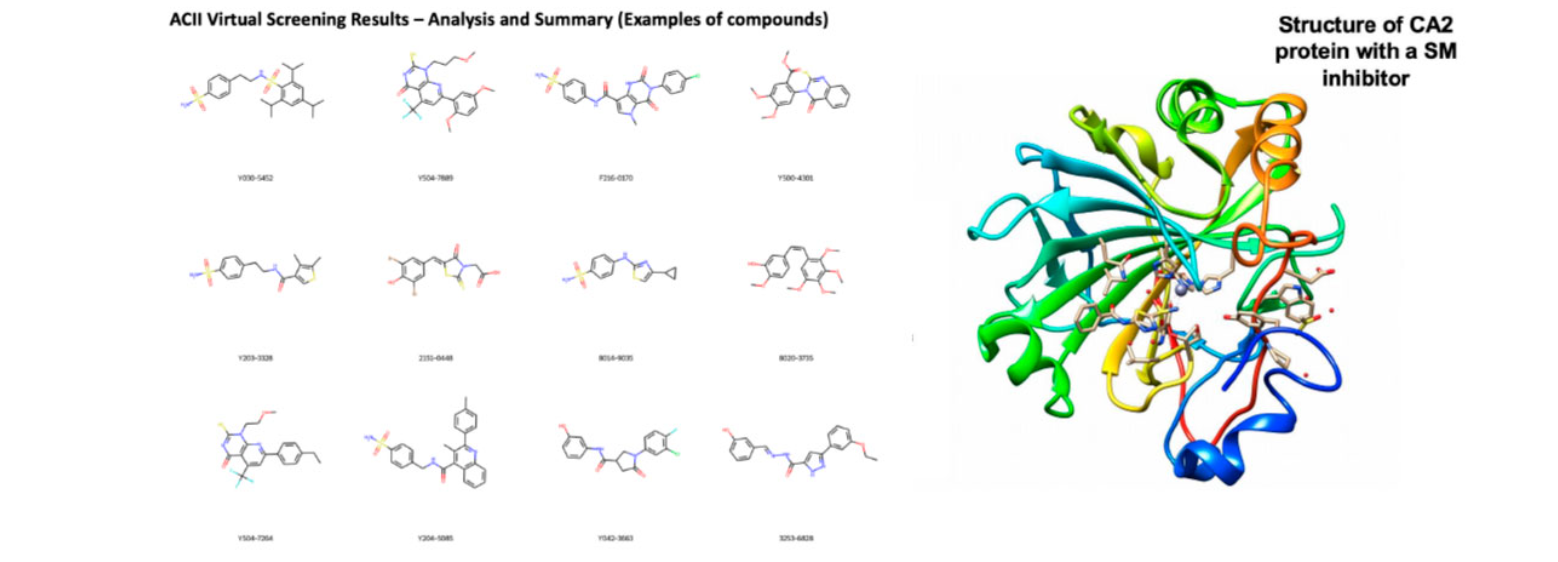Carbonic anhydrase II (CA II) is a ubiquitous enzyme found in various tissues and cells throughout the body. It plays a crucial role in a wide range of physiological processes, making it an essential target for drug discovery. The development of the CA II Library has unlocked new possibilities in understanding the enzyme’s functions and exploring potential therapeutic interventions. This text aims to shed light on the physiological processes in which CA II is involved and how the library contributes to advancing our knowledge and drug discovery efforts.
Carbonic Anhydrase II: An Overview
Carbonic anhydrase II is a zinc metalloenzyme that catalyzes the reversible hydration of carbon dioxide (CO2) to bicarbonate ions (HCO3-). This process is vital for maintaining acid-base balance, pH regulation, and overall homeostasis in the body. The enzyme facilitates the rapid interconversion between CO2 and HCO3- in various tissues and fluids, including the lungs, kidneys, red blood cells, and gastrointestinal tract.
Carbon Dioxide Transport and Acid-Base Balance:
One of the primary physiological functions of CA II is to facilitate the transport of carbon dioxide in the blood. In red blood cells, carbon dioxide diffuses from tissues into the bloodstream, where it is converted to bicarbonate ions by CA II. This conversion allows for efficient transport of carbon dioxide from peripheral tissues to the lungs, where it is released during respiration. Additionally, CA II plays a vital role in maintaining the acid-base balance by regulating both intracellular and extracellular pH levels.
Renal Function and Acid-Base Regulation:
CA II is abundantly present in the kidneys, specifically in the proximal tubules and collecting ducts. It is involved in the reabsorption of bicarbonate ions and the excretion of acid equivalents. By catalyzing the hydration of carbon dioxide in the renal tubules, CA II generates bicarbonate ions, which are then reabsorbed into the bloodstream. This process helps maintain the acid-base balance and prevents excessive loss of bicarbonate in urine.
Fluid Secretion in the Gastrointestinal Tract:
CA II also plays a critical role in the secretion of fluids and electrolytes in the gastrointestinal tract. It is expressed in various cells, including gastric parietal cells, intestinal epithelial cells, and salivary gland cells. CA II participates in the production of bicarbonate ions, which serve as a buffer against the acidic environment of the stomach, ensuring protection of the gastric mucosa. Furthermore, CA II is involved in the bicarbonate-dependent secretion of electrolytes in the intestinal and salivary glands.
Therapeutic Implications and the CA II Library:
Given the crucial involvement of CA II in various physiological processes, it has become an attractive target for drug discovery. The CA II Library serves as a valuable resource in exploring and understanding the enzyme’s functions, as well as identifying potential therapeutic interventions. The library consists of a diverse collection of compounds that can target specific binding sites or modulate the enzyme’s activity. Through rational design, high-throughput screening, and structure-based approaches, researchers can identify and optimize small molecules that selectively inhibit or modulate CA II function.
Applications in Disease and Beyond:
Aberrations in CA II activity have been implicated in various pathologies, including glaucoma, epilepsy, cancer, and metabolic disorders. Understanding and modulating CA II function through the library opens up possibilities for therapeutic interventions in these diseases. Additionally, the library can aid research in elucidating the enzyme’s role in other physiological processes and exploring potential therapeutic applications beyond its known functions.
Conclusion:
The Carbonic Anhydrase II Library is a valuable tool in uncovering the diverse physiological functions of this essential enzyme. By exploring the involvement of CA II in carbon dioxide transport, acid-base regulation, renal function, and fluid secretion, researchers gain insights into potential therapeutic interventions and the development of novel drugs. Furthermore, advancements in the CA II Library and related research hold promise for expanding our knowledge of CA II’s versatile functions and its implications in both health and disease.
Keywords: Carbonic Anhydrase II Library, CA II, Physiological processes, Drug discovery, Carbon dioxide transport, Acid-base balance, Renal function, Gastrointestinal tract, Therapeutic interventions, Rational design, High-throughput screening, Pathologies, Metabolic disorders.




